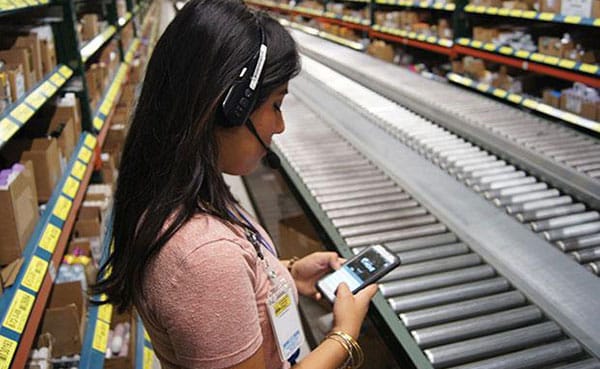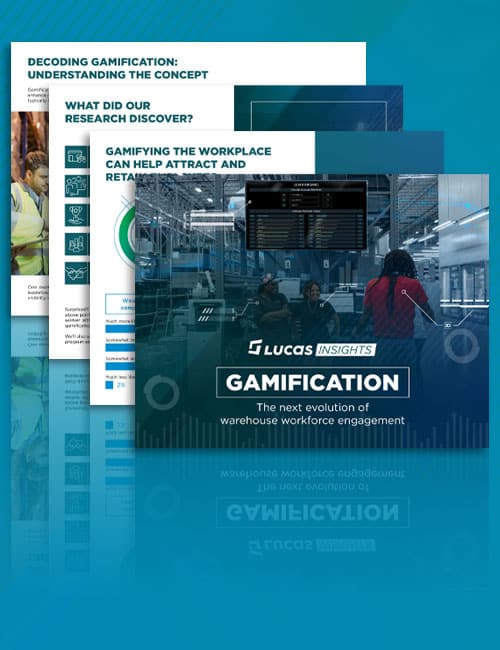
So what does any of this have to do with voice picking?
Pet Supermarket, a regional retailer based in Ft. Lauderdale, has its own Rabbit, according to Oscar Martinez, Director of Distribution. Oscar knows that when he assigns this guy – let’s call him Roger – to pick in the “dog pound“ (a pallet rack section where they pick heavy bags of dog food and similar items), Roger is going to do his best to pick faster than the guys who typically work there. And the other guys in the dog pound are going to put out a special effort to beat Roger.
At break times the guys check their productivity rates with managers who can view up to the minute statistics using the Engage Management Console. (Engage is the Web-based management reporting, configuration and administrative application that is a key part of the Lucas solution.) At Pet Supermarket this friendly competition boosts productivity. But it’s only possible if there’s a way for users to get feedback on their pick rates throughout the shift.
Likewise, objective performance feedback is a key component of any well-designed labor standards program. If you want your workers to meet their goals, they really need to know where they stand. The problem for many labor standards programs is that the feedback comes after the fact – at the end of the shift or the end of the week, when its too late for workers to pick up the pace. That is, until now.
Lucas systems recently introduced a Speedometer module to address this challenge. Speedometer gives Jennifer voice users real-time productivity updates as they work. So while a user is working he can ask “Jennifer what is my current productivity?” Better yet, DC managers can configure Speedometer so that Jennifer will warn a user if his or her productivity drops below 90% of pre-defined pick rates (based on historical averages or engineered labor standards). The first customers that rolled out Speedometer have seen immediate gains in productivity above and beyond the increases they experienced when first moving to voice. In each case, Speedometer was turned on after users had been working with Jennifer, at a point where the initial productivity gains from moving to voice had reached a plateau.
The direct productivity gains attributed to Speedometer are typically a few incremental percentage points above what is gained in moving from RF or paper-based picking to voice. And in today’s hyper-competitive business environment, a few percentage points is what separates a winner from an also-ran.





